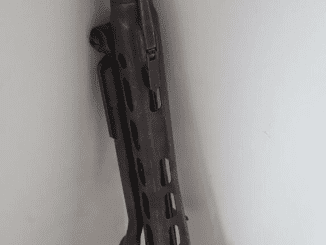The bond between humans and horses has been shaped by various tools and techniques over the centuries, with one key instrument standing the test of time—the vintage horse bit. A symbol of tradition and practicality, the horse bit has evolved from a basic control device into a significant artifact of equestrian culture. From its origins to its lasting legacy, the vintage horse bit has deeply influenced horsemanship, reflecting the relationship between humans and horses throughout history.
The History of the Horse Bit
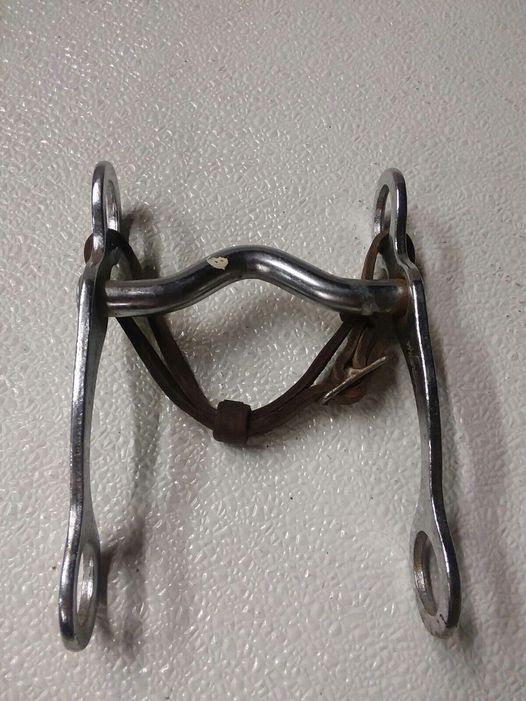
The history of the horse bit stretches back over 5,000 years to ancient civilizations like Mesopotamia and Egypt. In these early societies, the bit was an essential tool for controlling horses, made from natural materials such as bone, wood, and leather. These primitive designs served their purpose, allowing early riders to communicate with their horses and guide them in battle, agriculture, and transport.
As horsemanship developed, so too did the technology behind the horse bit. By the time of the Roman Empire, metal bits—typically made from iron or bronze—were more common. The evolution of the horse bit reflected the growing reliance on horses in everyday life, as well as in warfare, transportation, and even status display.
Evolution Through Time
The development of horse bits continued into the Middle Ages, where equestrian practices took center stage in Europe. Horses became vital not only for transport but also for sports such as jousting and tournaments. As a result, the design of horse bits became more specialized, often intricately crafted to reflect the rider’s wealth and status. The materials used for these bits became more durable, with iron and bronze remaining popular, while ornate designs showcased craftsmanship that blurred the lines between function and art.
Throughout this period, the craftsmanship of horse bits became a defining feature of their cultural and historical significance. Their designs were often passed down through generations, symbolizing the bond between humans and their equine companions.
The Usage of the Horse Bit
At its core, the horse bit is a communication tool between rider and horse. By applying pressure to the horse’s mouth, the rider can guide the horse’s movements, allowing for greater control and responsiveness. Over time, various types of horse bits have been developed to meet the needs of different riding disciplines, each with its specific function.
- Snaffle Bits: These basic bits apply direct pressure and are commonly used for general riding or training young horses. Their simplicity makes them ideal for beginners and horses that need gentle guidance.
- Curb Bits: Curb bits provide leverage, giving the rider more control over the horse. These are typically used by more experienced riders, as they require a greater understanding of pressure and release techniques.
- Combination Bits: As the name suggests, these bits combine elements of both snaffle and curb bits, balancing control with comfort. They are versatile and can be adjusted to suit different riding styles and horses.
Each of these designs serves to improve communication between rider and horse, allowing for a more harmonious relationship while ensuring the horse’s comfort and safety.
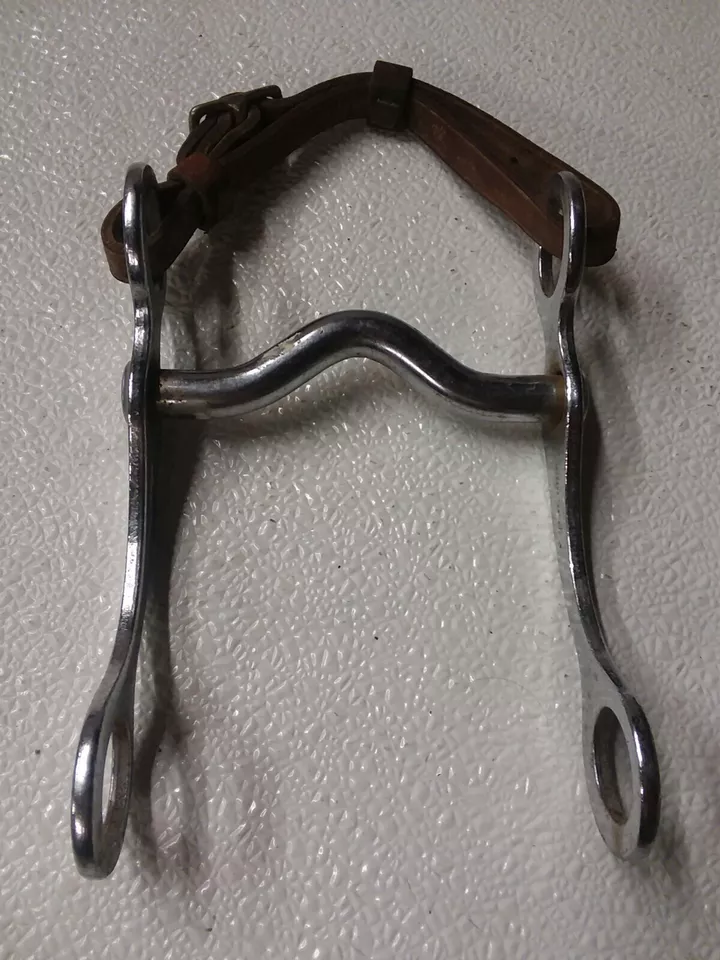
The Legacy of the Vintage Horse Bit
The vintage horse bit holds a special place in both equestrian and historical communities. For centuries, these tools have not only facilitated riding but also symbolized the evolving relationship between humans and horses. Vintage bits often carry stories of the past, reflecting the societal, technological, and cultural changes that shaped horsemanship.
Many of these vintage bits are now preserved in museums or collected by enthusiasts who appreciate their craftsmanship and historical value. These bits are more than just tools; they are cultural artifacts that tell the story of humanity’s longstanding reliance on horses.
Influence on Modern Equestrian Practices
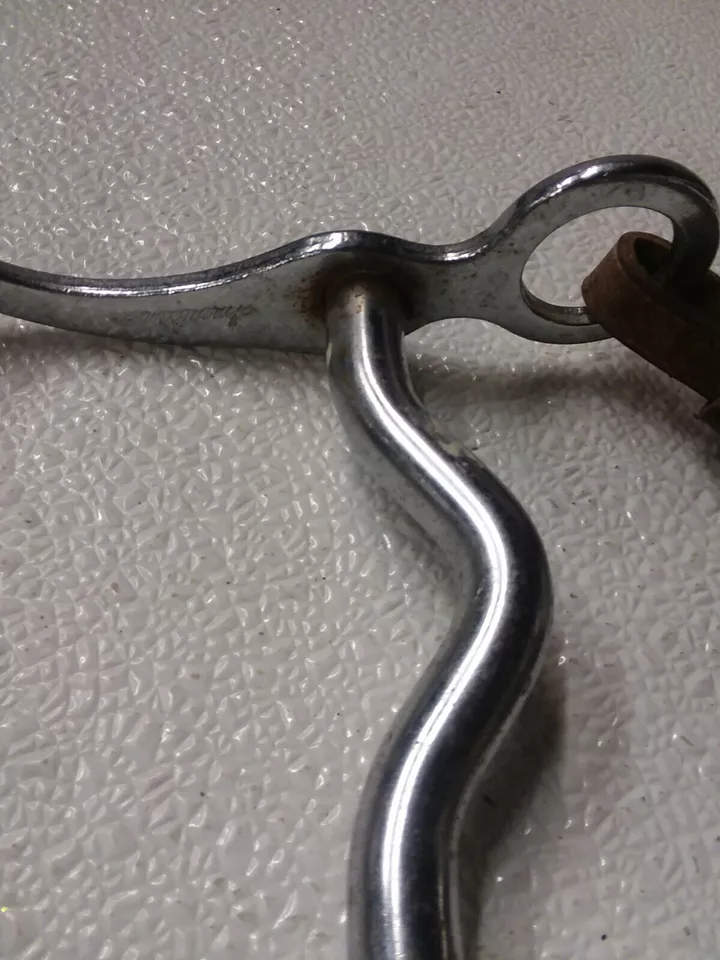
While modern horse bits are designed with comfort and efficiency in mind, they still reflect the craftsmanship and ingenuity seen in vintage designs. Riders and historians alike study these older bits to understand their evolution and to incorporate valuable lessons into modern horse care practices. By analyzing the functionality and design of vintage horse bits, contemporary riders can improve their techniques while honoring the legacy of horsemanship.
In addition, the influence of vintage bits extends to competitive equestrian sports, where traditional designs inspire innovations in modern equipment. Understanding the historical context of these tools helps riders make informed choices about the gear they use today.
The Collectible Appeal of Vintage Horse Bits
Beyond their practical use, vintage horse bits have become prized collectibles for enthusiasts around the world. Their unique designs and historical significance make them sought-after items, with each bit carrying a piece of history. Collectors value the craftsmanship and attention to detail found in older bits, often seeing them as symbols of a bygone era of horsemanship.
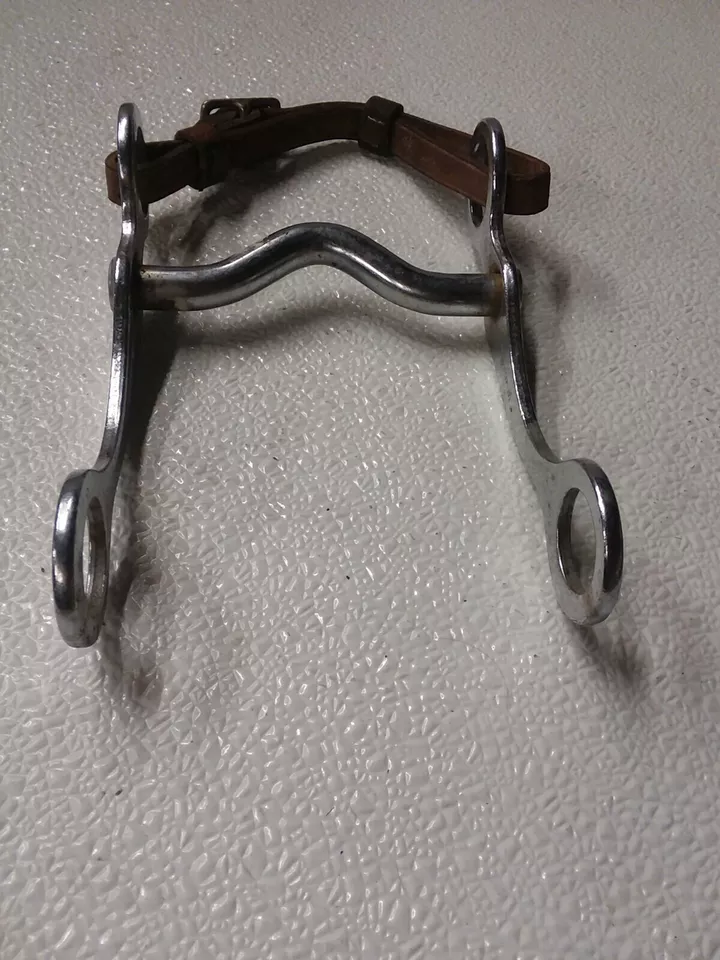
Whether displayed in a collection or used as a teaching tool for modern riders, these vintage horse bits hold a timeless appeal. They serve as a reminder of the rich tradition of horse riding and the role horses have played in shaping human history.
Conclusion
The vintage horse bit is more than just a tool for riding; it is a testament to the deep connection between humans and horses throughout history. From its humble beginnings in ancient civilizations to its status as a collectible item today, the horse bit has evolved alongside horsemanship itself. Its role in communication, control, and care has left a lasting legacy on modern equestrian practices.
Whether preserved in a museum or still used in riding disciplines today, the vintage horse bit remains an iconic piece of equestrian history. It serves as a bridge between the past and present, reminding us of the enduring relationship between humans and their equine companions.
